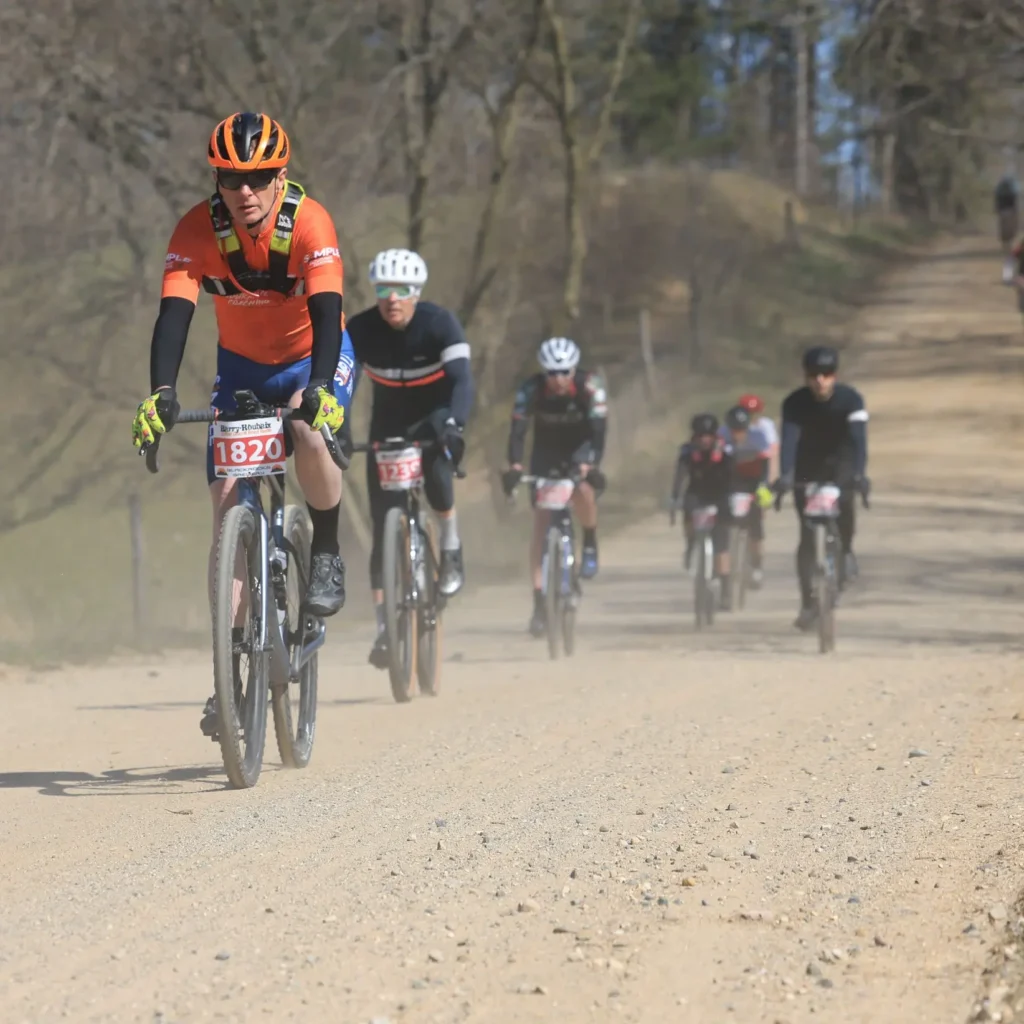
by Coach Anja Lanser
Hydration can make or break an athlete’s performance on race day.
But while many athletes focus on avoiding dehydration, it’s possible to go too far in the other direction — overhydrating, which can harm performance just as much.
Understanding how much water and electrolytes your body really needs is key to feeling strong and ready when the starting gun goes off.
Why Overhydrating Can Backfire
It’s tempting to think that more water is always better, especially if you’ve experienced the sluggish, crampy feeling of being dehydrated during a race.
Some athletes try drinking a gallon of water per day in the days leading up to a race, or even chugging Pedialyte to “pre-hydrate.”
But your body is highly adaptable.
Dramatically increasing water intake causes the body to adjust by flushing out more water.
Then, if you suddenly drop back to your normal fluid intake, your body may still be excreting excess water, leaving you more dehydrated.
This method is sometimes used in weight-class sports like wrestling or Olympic weightlifting to shed water weight quickly, but it’s counterproductive — and potentially risky — for endurance athletes.
Overhydration can also stress the kidneys, disrupt sleep from frequent bathroom trips, and dilute blood sodium levels, which in extreme cases can lead to hyponatremia.
Overhydration symptoms can mimic dehydration (headache, fatigue, nausea), so athletes often mistakenly drink even more.
How Much Water Do You Really Need?
The popular “bodyweight in ounces” rule — for example, drinking 120 ounces per day for a 120-pound athlete — is a widely used heuristic, but it isn’t supported by scientific evidence.
Research by Lawrence Armstrong and colleagues (Journal of the American College of Nutrition, 2007) shows that hydration needs can vary greatly based on factors like sweat rate, climate, and diet.
One way of thinking about drinking enough is to take in half your bodyweight in water a day.
Instead, the consensus from the American College of Sports Medicine (ACSM), National Athletic Trainers’ Association (NATA), and International Olympic Committee (IOC) is that athletes should simply “drink to thirst” while monitoring that their urine stays pale yellow and their daily body weight remains stable.
Drinking to thirst simply means drinking when you’re thirsty.
This is a tough one since it’s relatively easy to not be aware of your thirst and wait too long to drink.
During training and racing, the target shifts: aim for about one standard bottle (16–25 oz) of water per hour of riding or running, adding a sports drink mix if the session is longer or if you sweat heavily.
Heavier sweaters may need more fluid and more sodium, while light sweaters may need less.
Crucially, drink according to thirst and urine color: pale or light yellow means you’re well-hydrated, while darker urine suggests you need more fluids.
Paying attention to your urine color can be a logistical challenge, tough, especially at races when you’re using portable toilets and you can’t see your urine.
If you’re feeling dry or parched, you definitely need to drink some water.
Electrolytes: Small but Important
Electrolytes like sodium and potassium are lost through sweat, so replacing them becomes more important during long or hot workouts.
You don’t need to go overboard: if you drink four bottles of water per day, having one of those bottles with added electrolytes is usually enough.
Skip the Pedialyte unless you’re recovering from actual dehydration or illness.
It’s formulated for rapid rehydration during sickness and may be unnecessarily harsh on the kidneys for everyday use.
Instead, use a sports drink mix designed for athletes, which has more appropriate electrolyte levels.
ACSM and NATA note that most athletes get adequate sodium and potassium from their diets.
Food and Fuel in the Final Days
Hydration works best when paired with smart fueling.
One tried-and-true approach is a simple three-day dinner plan leading into a race:
- Three days before: Eat a meal with potatoes, rice, bread, and other complex carbs. These take time to break down and top off muscle glycogen stores.
- Two days before: Include red meat (beef, pork, or lamb) for iron and protein. It takes about two days to fully digest, so you’ll benefit from its nutrients on race day.
- Night before: Opt for easy-to-digest white meat like chicken, turkey, or fish. This fuels you without sitting heavily in your stomach.
And on race morning, eat whatever you can tolerate with a nervous stomach.
My advice is to keep your race morning meal the same as you always do.
Knowing which foods you can eat early without upsetting your stomach is key.
A Word on Supplements for Teen Athletes
For young athletes, supplements can help fill gaps in nutrition — but they should be personalized, not generic.
Because teens’ hormonal systems are sensitive, it’s smart to work with a doctor to get a full blood panel and identify any real deficiencies.
Only then should you consider adding vitamins or minerals, and only in appropriate doses.
Three Things to Know About Hydration for Endurance Athletes
1. Avoid extremes: Don’t drink a gallon a day or overload on Pedialyte — overhydration can harm performance.
2. Hydrate smartly: Drink to thirst, aim for pale urine, and include at least one bottle with electrolytes during long sessions.
3. Fuel wisely: Pair hydration with a simple 3-2-1 meal plan (carbs, red meat, white meat) in the three days before race day.
Need more?
Anja Lanser is a mountain bike coach, specializing in NICA athletes.
She’s taking on new clients and can be reached at [email protected].




